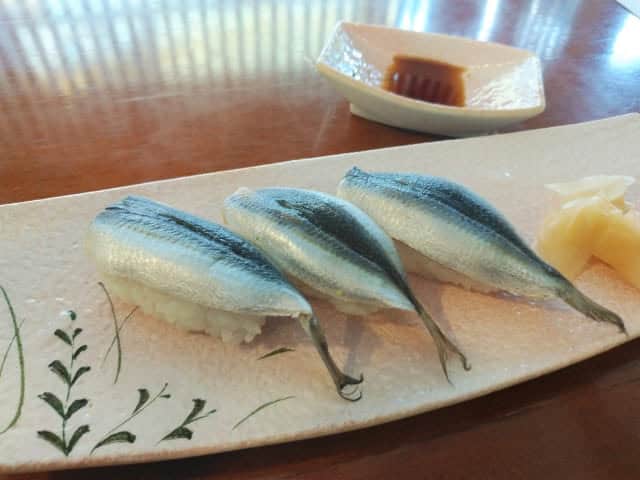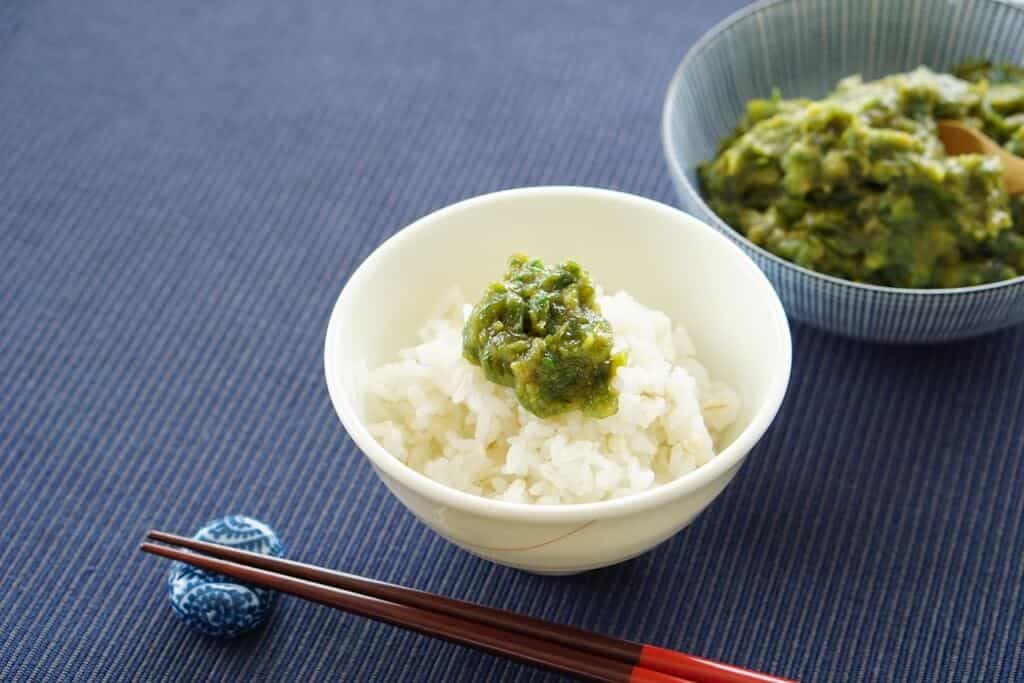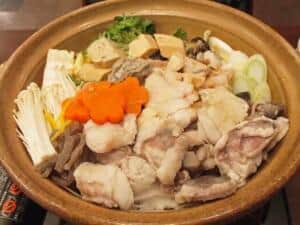Mamakari is a unique and delicious fish that holds a special place in Japanese cuisine, particularly in Okayama. Known for its rich flavor and seasonal variations, this small fish is often enjoyed pickled and served in sushi. In this article, we’ll explore the intriguing stories behind its name, its seasonal qualities, and how it’s prepared and enjoyed. Keep reading to learn more about why mamakari is such a beloved delicacy in Japan!
What is Mamakari?

Mamakari, a fish symbolic of Okayama, is also known by its standard Japanese name, sappa. This fish earned its nickname from its incredible flavor. The name “mamakari” originates from the Japanese phrase “mama o kariru” (飯を借りる), which translates to “borrow rice.” Measuring around 10–15 cm, it is typically caught between April and November. Although it has many small bones, in early summer, its bones and skin are tender, making it easy to eat. By autumn, it becomes especially flavorful and rich due to its fat content, offering a seasonal treat that showcases the best of Okayama’s local cuisine.
Mamakari/Sappa History

Mamakari, a local name for the sappa fish in Okayama, has a fascinating origin story tied to its irresistible taste. The most popular theory is that it’s so delicious it makes people finish their rice and borrow more (mama o kariru) from neighbors. Another explanation is that the fish is at its fattiest during the autumn rice harvest, linking its name to the seasonal connection with rice (mama no kari). Both stories highlight the fish’s deep ties to Okayama’s food culture and its reputation as a must-try delicacy.
FAQ
- Where is mamakari commonly eaten?
Mamakari is a local dish that is widely eaten in Okayama Prefecture. It is a familiar and special fish for the people of Okayama and is considered one of the most consumed fish in the country. About 90% of the catch is consumed in Okayama, and mamakari sushi has become a popular menu item at fish restaurants and local cuisine restaurants in Kurashiki City.
- What kind of taste does the mamakari fish have?
Mamakari (sappa) is a fish characterized by its light and refreshing taste. In early summer, it is tender, and in autumn, it becomes rich and delicious. When pickled in vinegar, the bones become soft, and you can taste the sweetness.
How to make Mamakari Sushi?

Start by cleaning the mamakari. Remove the scales, head, and internal organs, then open the fish along the bones. Salt the fish to tighten its flesh, an essential step for enhancing the flavor and texture.
After salting, soak the mamakari in sweet vinegar. The pickling time can vary depending on your preference—some prefer a short soak of 30 minutes, while others leave it overnight for a more intense flavor.
Once pickled, pair the fish with vinegared rice. Shape the rice into small balls and place the mamakari on top to complete the sushi. Keep in mind that the fish’s fat content changes with the season, so you might need to adjust the salting and pickling times.
Where to buy Mamakari?
Kappo Mamakari (割烹ままかり)

This Japanese restaurant was in business for 54 years. The owner continues to cook, focusing on wild fish from the Setouchi region, including Mamakari. They also serve this in takeaway bento boxes.
Dining Place Kamoi (お食事処 カモ井)

Dining Place Kamoi is a Japanese restaurant situated near the Kurashiki Bikan Historical Area, a popular spot among tourists. The restaurant features a charming interior that has been renovated from a warehouse. Its specialty is Mamakari Sushi, and the “Mamakari Zukushi Set Meal” is especially popular, allowing guests to enjoy it in various styles. Additionally, many dishes are prepared using fresh, local vegetables and seafood, with a menu that emphasizes seasonal ingredients. It is an ideal place to stop while sightseeing.
Conclusion

hether you enjoy it pickled, as sushi, or in other preparations, its distinct taste and seasonal qualities make it a must-try for any food lover visiting Japan. We hope this article has sparked your curiosity, and when you visit Japan, be sure to pick up some mamakarifish to experience its delightful flavors firsthand!
There are other Japanese cuisines you can try out when you go to Japan!
















Comments